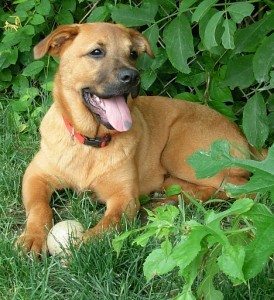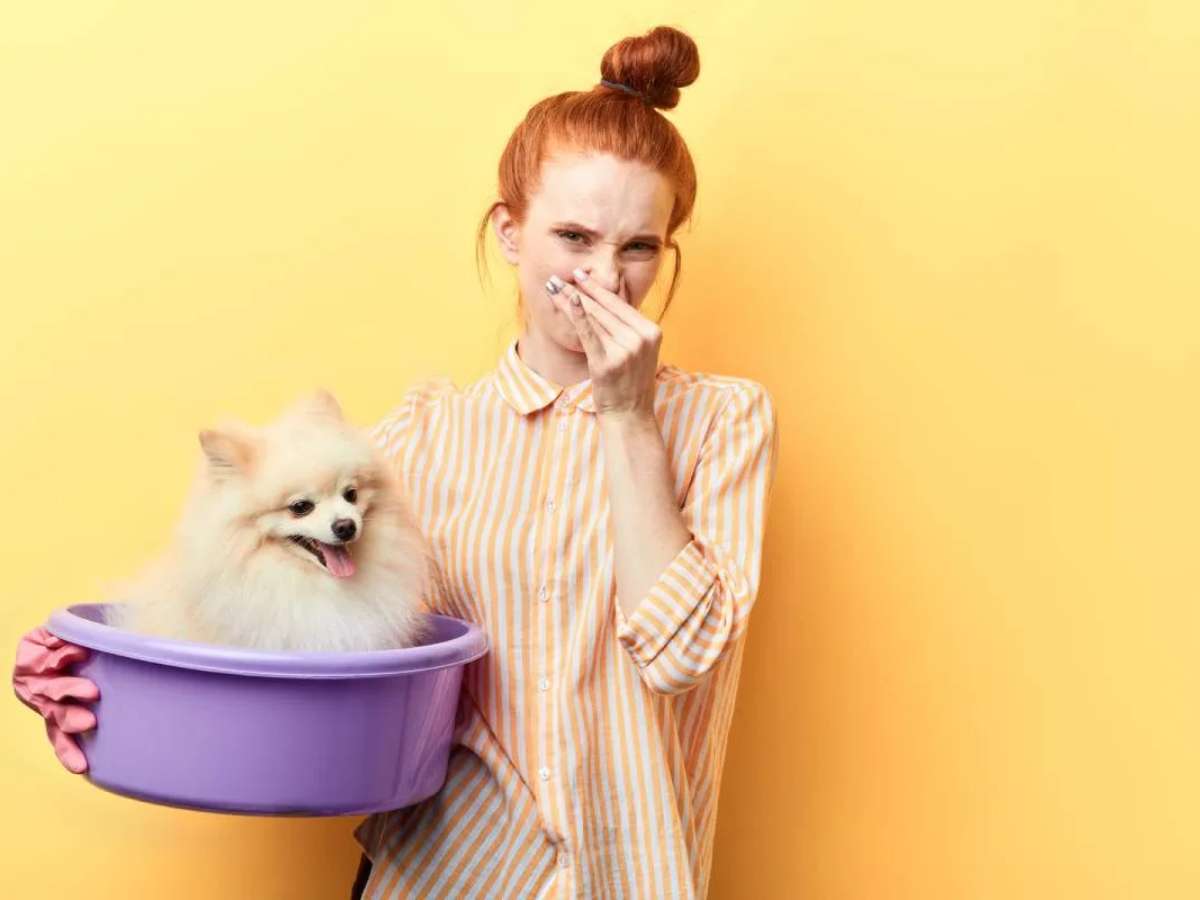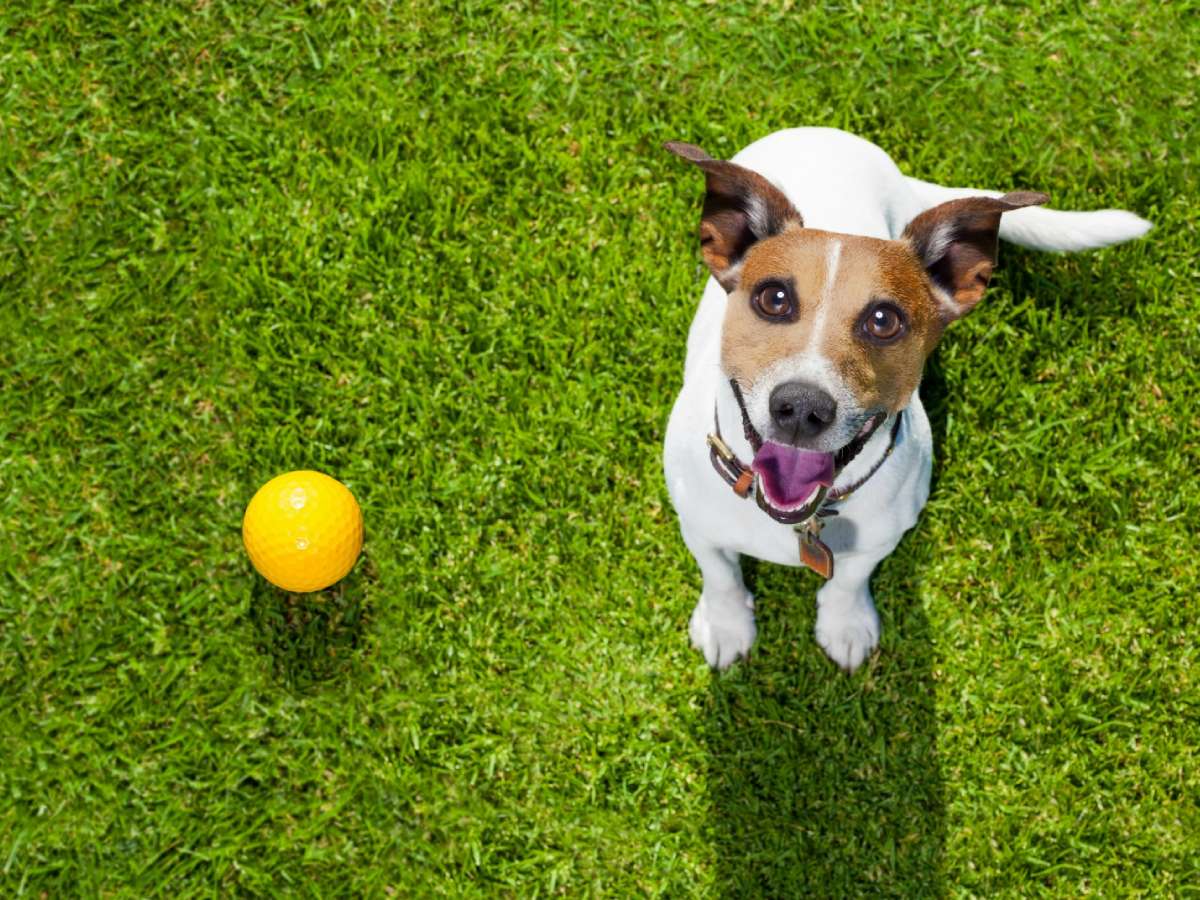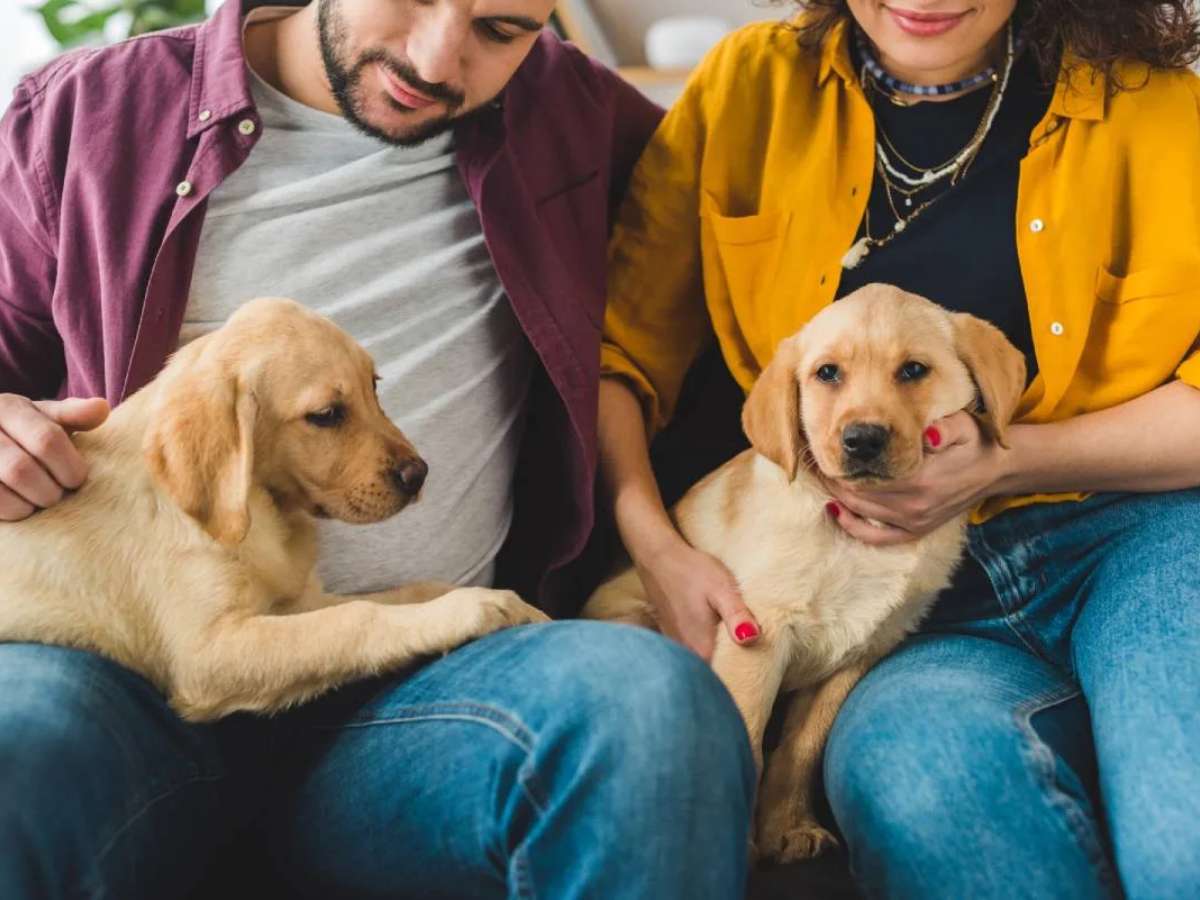 Aaack! Where did my dog get fleas?!
Aaack! Where did my dog get fleas?!
I have a dog that finds it preferable to sleep with her body pressed up against my face during the night. Except for the periodic breathing impairment, I don’t consider it much of a nuisance.
In 2011, I awoke one morning to find my face had developed a number of red marks. I didn’t think much of it and continued off to work. A few days passed and something odd happened. The marks on my face were increasing in numbers and I started to get concerned. On the third day, I awoke with Daisy nuzzled up to my cheek, and I could see her fur close up – and a tiny black dot. The dot moved and I jumped out of bed.
Those marks were not random, they were fleas!
I quickly set out on a mission to learn more about fleas on dogs.
Fleas Are Everywhere!
Once I began to research where fleas come from, I quickly realized a most daunting piece of information.
Fleas are everywhere and controlling them is a near impossible task, but you can take actions that lessen the likelihood of fleas meeting and feasting on your dog.
Here’s how…
#1 – Make Your Backyard Less Attractive To Animals
Neighborhood animals (with fleas) are going to hop your fence and explore your yard. You cannot do very much about that, aside from completely fencing it off with 20-foot walls.
However, animals roaming around the neighborhood will find a yard less inviting if there are no items to entice them within it.
Nuts, corn, seeds or other lip-smacking foods give neighborhood animals with fleas a good reason to enter your yard and saunter around. Leaving a bowl of water out can even bring in the riff-raff.
How to do it:
- Remove all unnecessary food and water items from your yard.
#2 – Make Your Backyard Less Attractive To Fleas
In the same way that some people are drawn to bars and repelled by police stations, fleas and ticks are compelled to hang around certain plants and repelled by others.
Mint, orange, banana, chocolate, spearmint or apple plants all do an excellent job of repelling fleas and ticks.
Being determined to solve our flea problem, I potted some mint and set the plants around my yard. In addition, I used dried leaves of various types in the garden around my house to deter the pests. I not only have some real protection against fleas, but also have a fantastic cup of fresh mint-tea anytime I choose.
How to do it:
- Use plants that repel fleas to keep them out of your home and off of your pets.
- You might also want to make your own peppermint oil for use around your home and garden.
#3 – Don’t Bring Fleas Home With You
You and your dog are exposed to the environment with each trip outside.
Fleas and ticks easily latch on to your dog’s fur and your clothes if you are hiking through wooded areas, taking a trip to the vet or through a dog park.
After coming home from a walk to a place where I think fleas might be rampant, I brush Daisy with a flea comb before letting her inside and I throw my clothes in the dryer. It only takes a few minutes for me to brush her, and she has come to see it as a reward for walking with me. On occasion, I check her fur for any fleas or bite marks.
How to do it:
- When you return from an area that might have a high flea infestation, brush your dog and toss your clothes in the dryer for 30 minutes so the heat will kill any fleas.
#4 – Don’t Invite The Fleas Inside Your Home
Anything or anyone that enters your home is a potential flea threat.
Since you will not make very many friends by sitting on your porch with a shotgun watching for invaders, it’s best to take a milder approach.
I don’t let any strange animals into my home. If friends with pets come over, I politely inform them that I have a dog and ask if their animal is in good health. With the right wording, it doesn’t come across as rude; it comes across as concerned for my own pet.
How to do it:
- Know who and what is entering your home, and if you are unsure, politely ask about their animal’s health.
It has taken a bit of work, and I still do not know exactly from where Daisy contracted fleas, but by doing this research, my dog (and my face) have been flea-free since 2011.
Chris Onyett is a designer and a passionate writer on promoting dog health. He created the Dog Help Network after an experience with his own dog, Kupo. He learned that doing proper research and learning from others’ experiences can be just as important as taking a veterinarian’s advice. Connect with Chris on Google+.
I like to help Dog Parents find unique ways to do things that will save time & money — so I write about “outside the box” Dog Tips and Dog Hacks that most wouldn’t think of.
I’m a lifelong dog owner — currently have 2 mixed breed Golden Aussies that we found abandoned on the side of the road as puppies. I’ve always trained my own dogs and help friends train theirs, as well. Professionally, I worked at a vet and have several friends who are veterinarians — whom I consult with regularly. (And just because I love animals so much, I also worked at a Zoo for awhile!) I’ve been sharing my best ideas with others by blogging full-time since 1998 (the same year that Google started… and before the days of Facebook and YouTube).
My daily motivation is to help first-time dog owners be better prepared from the first day your new puppy enters your home. I like to help dog owners understand what’s ‘normal’ and what you can expect in terms of living with and training your dog — how to get through the ups & downs of potty training, chewing, teaching commands, getting your dog to listen, and everything else that takes place during that hectic first year!
When I’m not training, walking, grooming, or making homemade treats for my dogs, you will find me at the corner of Good News & Fun Times as publisher of The Fun Times Guide (32 fun & helpful websites). To date, I’ve written over 600 articles for dog owners on this site! Many of them have upwards of 200K shares.




